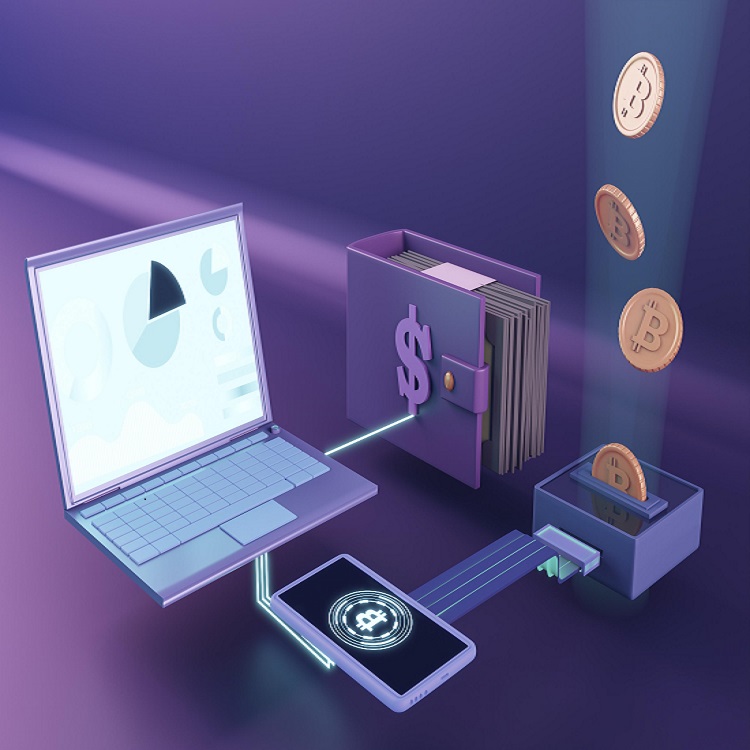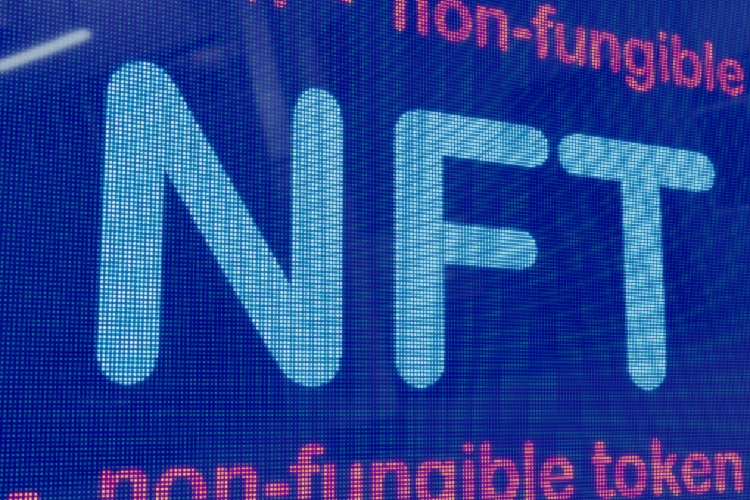Non Fungible Tokens, NFTs, are the rave in the crypto space. Interest in non-fungible tokens has increased ten times higher than it was in 2020. Big celebrities are creating NFTs, the majority of the entertainment industry such as football clubs are creating NFTs. Now, a pair of tweets can be sold for a few tokens.
Experts think the demand for NFTs is increasing without any clarity of how they fit into the existing framework that regulates the fintech industry. NFTs cannot be treated as security because they lack the features of ICOs. Though other laws regulate the NFTS, consumer awareness seems to be limited.
Breaking it Down – What Are NFTs?
An NFT is a digital asset that identifies something unique like artwork, collectibles, lottery tickets, concert seat assignments, or any other thing that is not replaceable.
Non-Fungible means these types of assets are unique in their ways not like other cryptocurrencies. For example, the dollar is fungible, if you lose one dollar, you can replace it with another one-dollar bill. An ounce of gold is interchangeable with another ounce of gold.
A piece of painting or any artwork by an artist in a museum cannot be replaced with another. The same way original artwork of an artist cannot be replaced, NFT cannot be replaced. Unlike dollar and bitcoin, someone cannot give another NFT to replace their NFT because each token has its uniqueness and properties.
In the real sense, NFTs are digital collectibles, representing things like tweets, real estate, real word assets like artwork. They derive value from being digitally unique and existing in the blockchain ecosystem. Such a blockchain like Etheruem can allow anyone to copy and download video clips and image files.
NFT Use Cases
Non Fungible tokens can be beneficial in a lot of ways, depending on the aim of using them. Downloading an image file recorded on NFT is simple.
Prove of Ownership
NFT brings in a perfect mix of creativity and technology in the form of programmable art. It offers frictionless programmability to update and increase the number of a lot of artwork pieces in circulation in different ways. The use of smart contracts allows artists to create artworks that can respond to the price movement of crypto tokens.
The use of non-fungible tokens can attract literacy arts through tokenization of real-world assets and various types of arts. You can buy NFT to own unique artwork, real estate, or even sneakers, and your ownership will be secure cryptographically. Your right to the piece of art can be audited and no other NFT can replace your coin. Your ownership is proved and secured by the NFT you purchased.
The use of blockchain and IoT allows people to register their ownership of artwork by just scanning a code attached to artwork as well as viewing the history of the artwork, the previous ownership, and prices.
NTF use cases are beneficial in verifying, licensing, and certification. Educational institutions and organizations need to keep original copies of certificates they issue for course completion.
Checking and Verification
Original copies of Certification and licenses offered by universities and employers in digital or soft copy need to be duplicated for reference purposes.
These certificates are documented in digital form, turning them into None Fungible tokens will reduce the rigorous process of checking and verifying records. NFTs will enable easy accessibility, storage, and record-keeping.
Claim on Digital Artwork And Collectibles
Collectibles fall in the list of major use cases of non-fungible tokens. The application of the blockchain offers a better solution to the challenging issues of counterfeit merchandise. Since the blockchain is immutable in nature, it helps to prevent the issue of counterfeit collectibles.
An example of NFT claims and collectibility is the tokenized sports game tickets issued on the Blockchain shows. Though all the issued tickets are similar, they all bear identifying data of registered owners of the ticket on the Blockchain. It is now a trend in the sports industry to tokenize successful athletes on the Blockchain with the value of the tokens determined by their performances.
The Down Side
non-fungible tokens might have been applauded, but beneath lies some fears on the impact of this new technology on society, particularly the final consumers. As an emerging technology NFTs may not have gained enough awareness to become a globally accepted means for transfer of wealth without having some disadvantages.
Non-Fungible Tokens Can be Easily Stolen or Hacked
Just like any other digital piece, NFTs could be stolen or hacked. Some Twitter accounts have been reported to be hacked and NFTs worth millions of dollars stolen.
A former CIA professional hacker and cybersecurity official, Eric Cole, said an NFT account could be hacked if the password is not well protected. The nature of blockchain makes it impossible to erase any record since there is no central authority controlling it, every transaction remains permanent even if they are theft.
NFT ownership is automatically transferred to the one who has the account. That means if hackers break into your account and wipe off all the NFT, it automatically belongs to them.
NTF vulnerability could be attributed to the newness of the technology. According to history, new technologies are always very vulnerable at an early age.
High Energy Consumption
NFTs are built on the Ethereum blockchain which is noted for its huge energy consumption. NFTs are bought and sold on the Ethereum blockchain, since the network has not been updated, energy consumption would be high for the time being according to promoters.
How Do NFTs Consume Energy?
Let’s take the production of a cartoon as an example, pretend you created a digital image of SpongeBob having a holiday on the moon. After you have created this, you need to get your artwork on an online marketplace like OpenSea. Some of these platforms for creating and marketing digital artworks use Ethereum which verifies transactions through mining. When an NTFS is purchased, miners compete to solve the block that results in your Spongbob artwork being uniquely identified as the NFT the buyer wants.
What motivates miners to compete is that the person that succeeds in solving the block gets a commission known as a reward for their work. Others will not have any reward, even as they have consumed a huge amount of energy in their effort.
Ethereum transaction energy consumption estimates are 48.14 kWh, which is over one and half-day energy consumption in a standard US household. Multiply that by thousands of transactions carried out daily and see how NFTs’ energy consumption goes high.
According to blockchain expert Shidan Gouran, co-founder of Gulf Pearl, a merchant bank in the blockchain sector, a single cryptocurrency transaction uses as much energy as more than 700,000 visa transactions.
NFT Effect on the Environment
The rising popularity of NFTs has stirred attention from renowned artists and celebrities pulling in high trade volumes, underneath lies the fact that it is a threat to the environment. It creates byproducts that disturb the overall environment via energy consumption in addition to the carbon emission already created by cryptocurrencies.
NFTs are Ethereum based tokens developed on the Ethereum blockchain which is known for its high energy consumption. Its market platforms require buyers to make their purchases with Ethereum.
These tokens consume so much energy because it is based on the blockchain. According to the report, NFTs energy usage is 263, 538 kWh, and 163,486 KgCO2 emissions. This is assumed to be equivalent to using a computer for 636 years, using a laptop for 2.5 thousand, boiling a kettle 3.5 million times, driving 838 thousand Km (petrol), flying for 1.5 thousand hours, An EU resident’s electricity consumption for 77 years. A sum of all these weighs heavily on the environment.
NFTs may be the next big thing in the crypto space, as their awareness and acceptance grow so could their impact on the environment be damaging. It showcases a huge market of collectibles at its early stage, with millions of dollars worth of investment. Based on the rapid growth, its impact on the environment calls for concern.








3 Comments
Congratulations, Great article. 752481217
Thank you
Your point of view caught my eye and was very interesting. Thanks. I have a question for you.